Fall foliage in the Golden Gate National Recreation Area
Our trees may not change even a hue and our weather may not get much chillier, but you can find hints of more “traditional” autumn phenomena in the Golden Gate National Recreation Area.
Be on the lookout for these autumn leaves and fall colors recommended by our Native Plant Nursery staff.
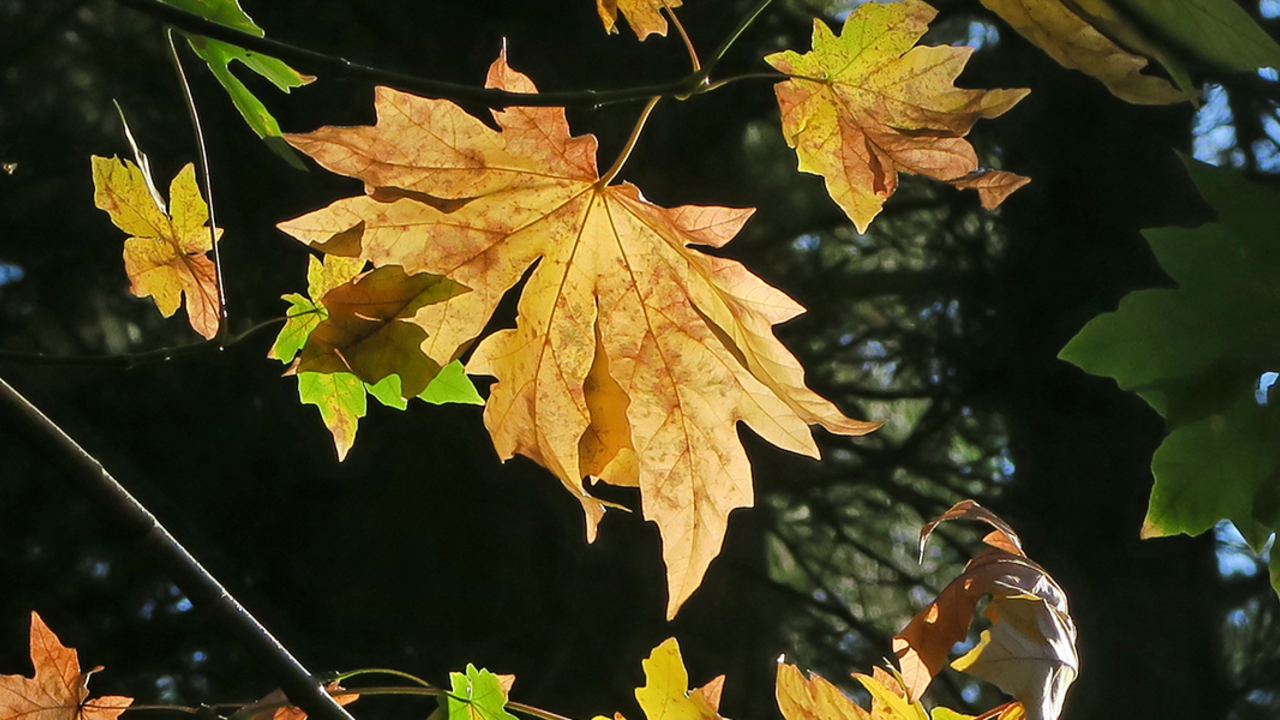
Like other deciduous trees, Big Leaf Maple (Acer macrophyllum) is a native show-stopper when its leaves turn bright yellow. It is found along riparian areas.
John Rusk
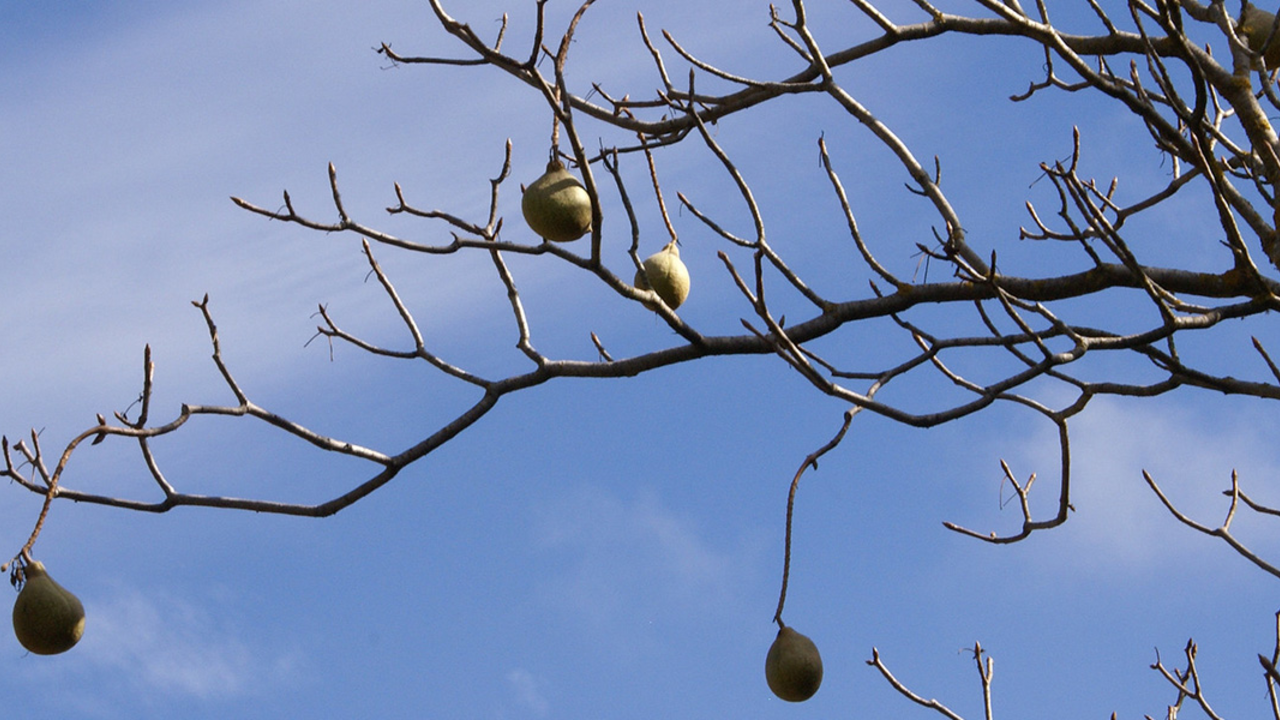
California Buckeye (Aesculus californica) look like Mother Nature hung ornaments on its bare branches. When the leaves drop, large brown seeds are the only thing left hanging.
Debbie Ballentine
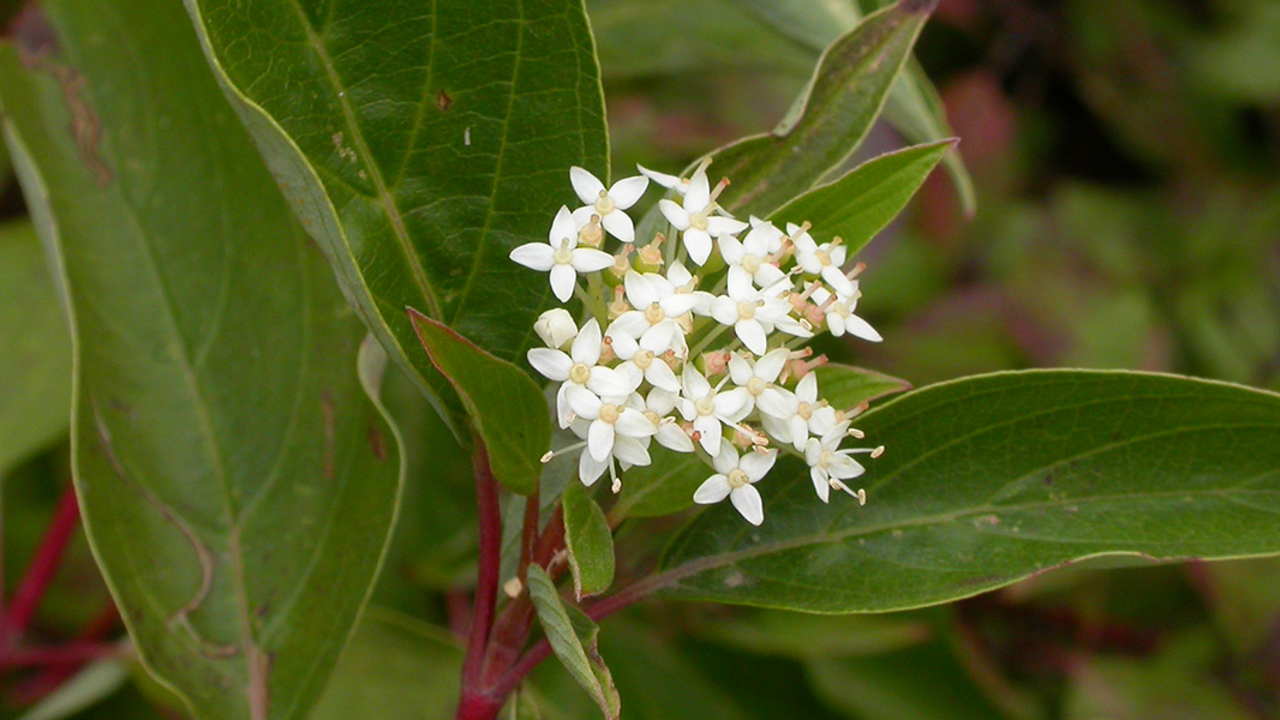
Creek Dogwood (Cornus sericea) can be found in riparian areas. The species makes its presence known as its leaves drop, showcasing bright red branches underneath.
Matt Lavin
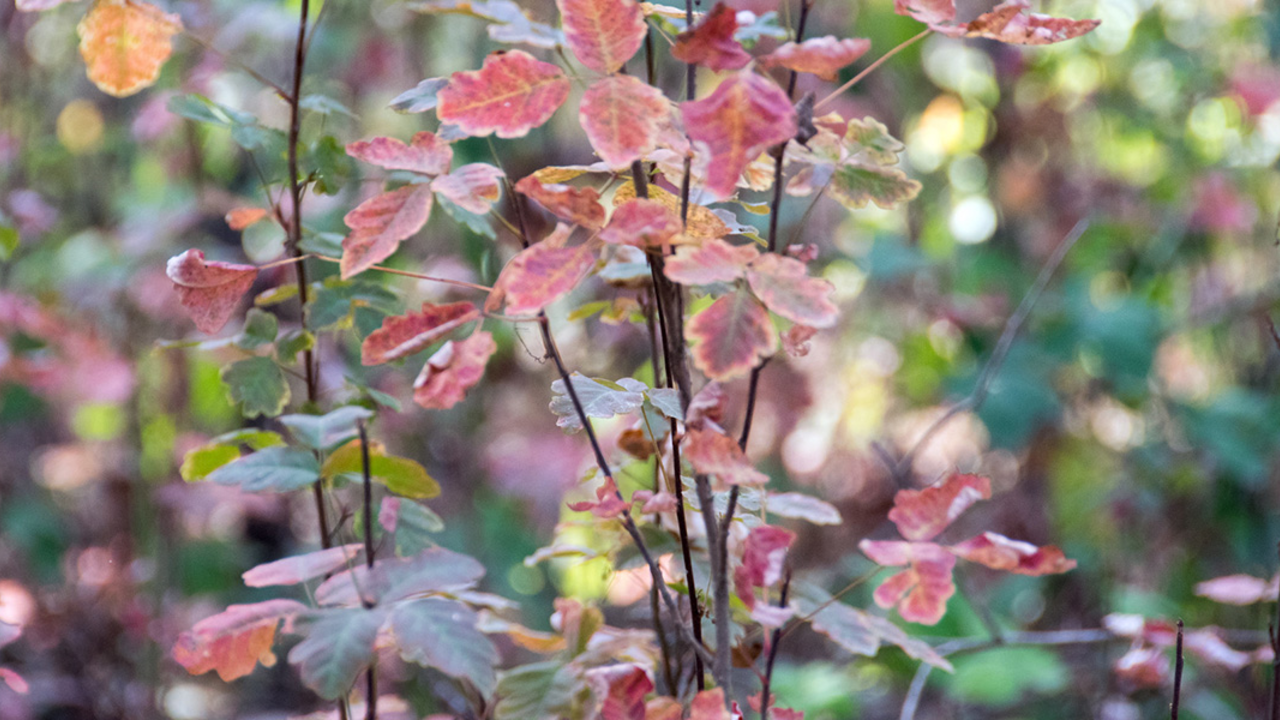
While best viewed from a distance, Poison Oak (Toxicodendron diversilobum) offers reds, purples, oranges, and yellows in the fall. Viewer beware—the plant retains its itch-inducing oils even without its leaves.
Paul Asman & Jill Lenoble
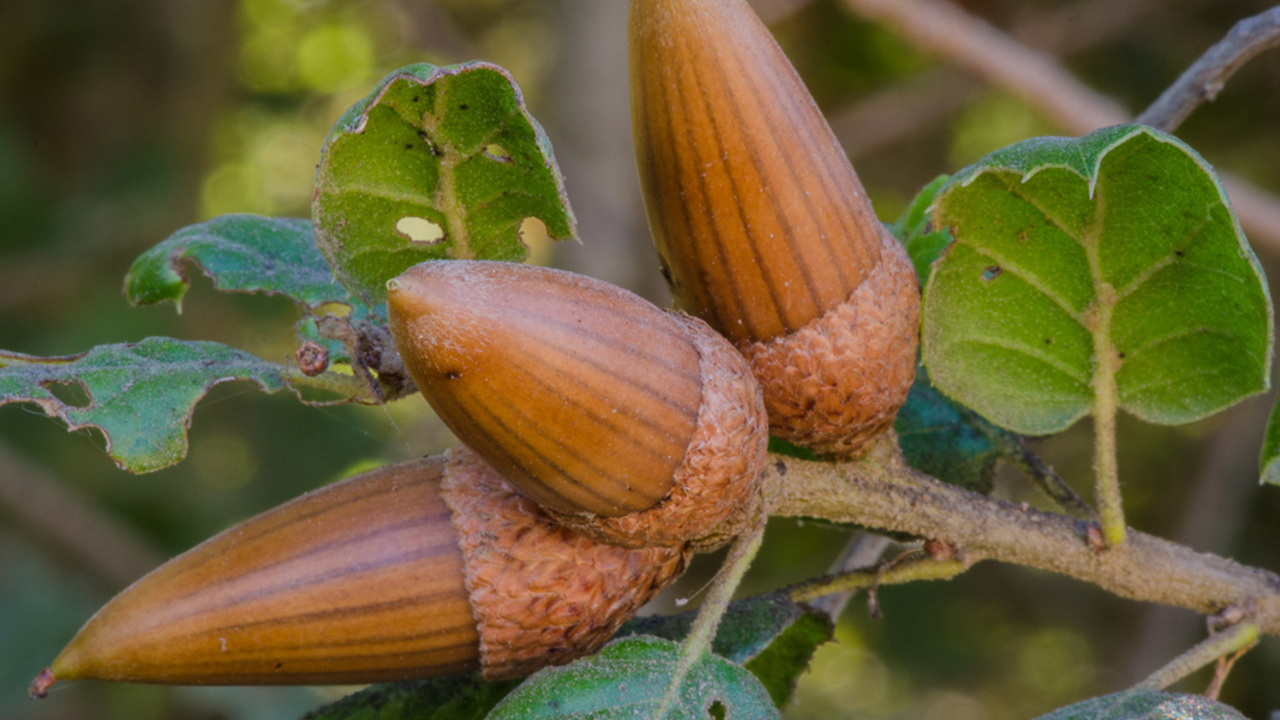
While many other species of oaks in California are deciduous (they lose their leaves), the Coast Live Oak (Quercus agrifolia) is evergreen. Watch as acorns mature (usually from Sept. to Nov.) before dropping.
Franco Folini
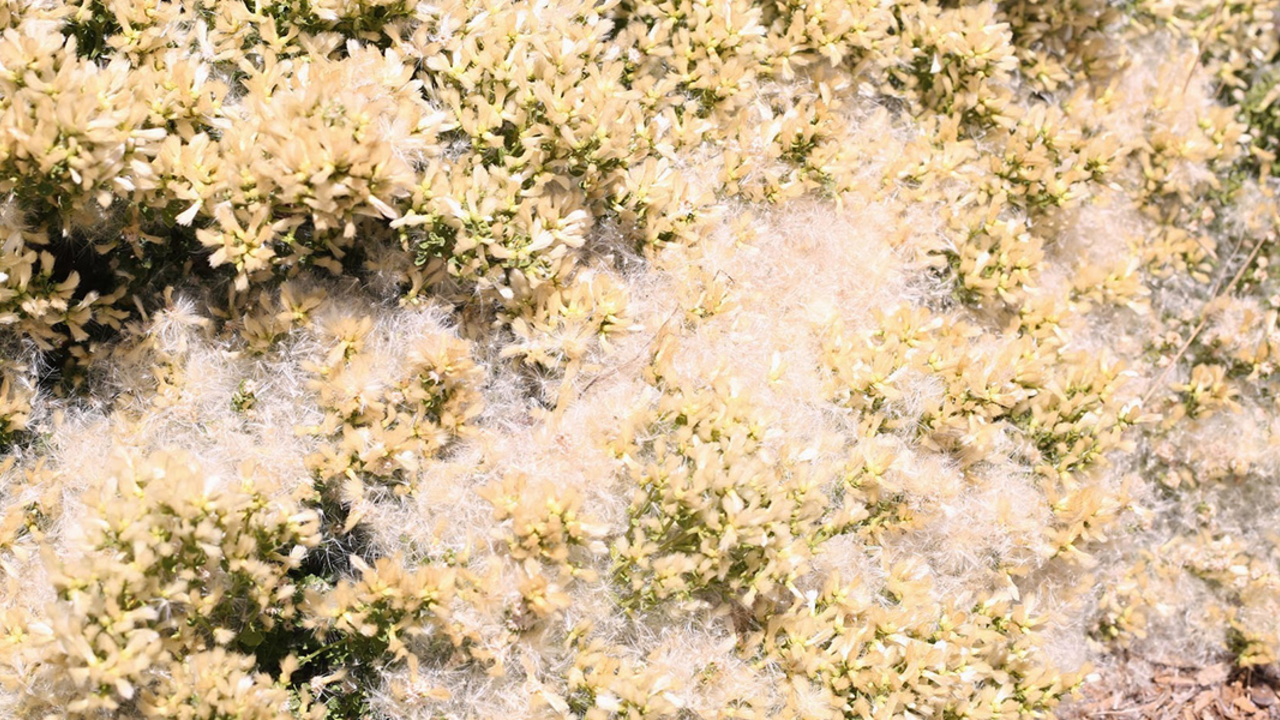
Coyote Bush (Baccharis pilularis) reveals why it is named after the trickster canine in the fall. When the seed clusters of the plant open, they expose a crown of white hairs that resemble the fur of a coyote. These fine hairs are technically known as “pappus” and allow the attached “achene” (seed) to disperse by wind.
Peggy A. Lopipero-Langmo